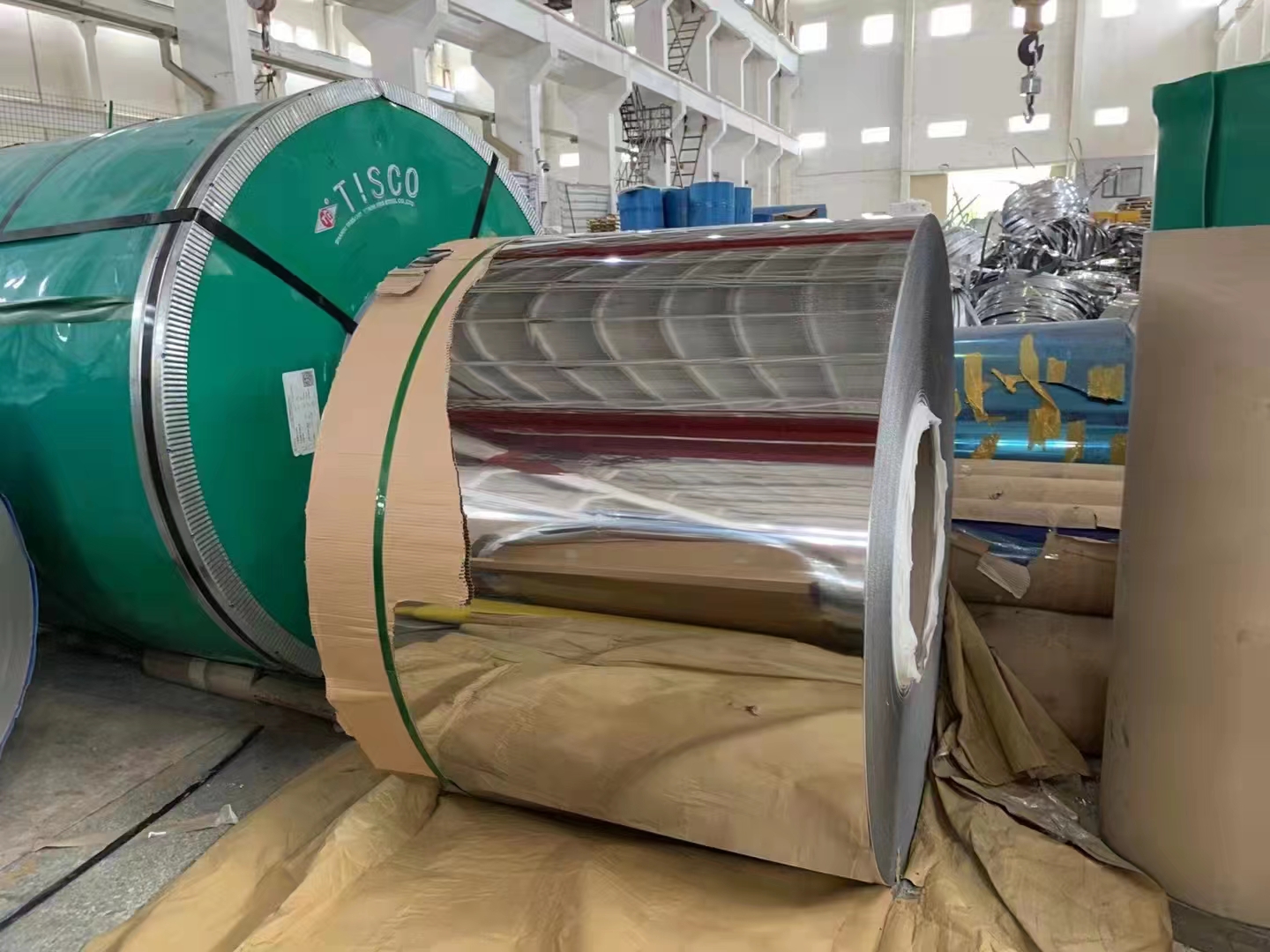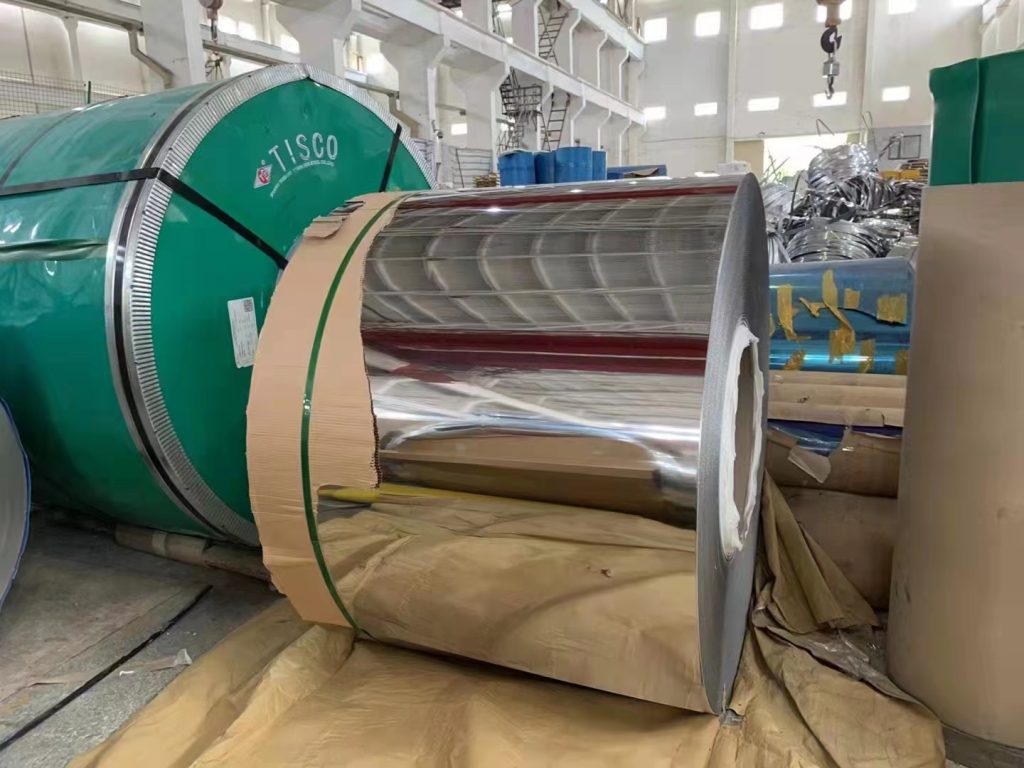
Stainless Steel is a popular material used in various industries due to its excellent corrosion resistance, durability, and high strength.
However, not all stainless steel grades are created equal, and choosing the right one for your project is important.
In this article, we will discuss different grades of stainless steel and their suitability for specific applications.

First, the most common grade of stainless steel is 304, which contains 18% chromium and 8% nickel.
It is an all-purpose steel that is ideal for various applications such as kitchen appliances, chemical equipment, and food processing.
304 is relatively low-cost and offers good corrosion resistance.
However, it has low resistance to chloride attack and is unsuitable for use in marine environments.
If you are in search of a stainless steel grade with a high level of corrosion resistance, 316 is an excellent choice.
It contains 16% chromium, 10% nickel, and 2% molybdenum, which means it has a higher level of resistance to pitting and crevice corrosion from chloride solutions.
This makes it suitable for use in harsh environments such as marine applications and chemical processing.
Additionally, 316 is also more resistant to high temperatures, which makes it ideal for high-temperature applications such as heat exchangers.
Another popular grade of stainless steel is 430, which contains 17% chromium and a small amount of nickel.
It is most commonly used in decorative applications such as trim, cookware, and household appliances. It is also used in automotive trim and for architectural purposes.
While 430 has good corrosion resistance, it is not recommended for use in marine environments or in applications where it will be exposed to high temperatures or oxidizing acids.
If you are looking for a stainless steel grade that is designed for optimum strength and durability, then 440C may be the right choice.
It contains high levels of carbon and chromium, which gives it excellent wear resistance and great strength.
It is most commonly used in blade applications, such as knives and cutting tools, where high durability and toughness are required.
In conclusion, selecting the right grade of stainless steel is crucial to the success of your project.
There are many grades to choose from, depending on your specific requirements.
Whether you need a low-cost option for your kitchen or a high-performance material for harsh environments, there is a stainless steel grade that can meet your needs.
By understanding the different grades of stainless steel and their specific properties, you can make a well-informed choice for your project.